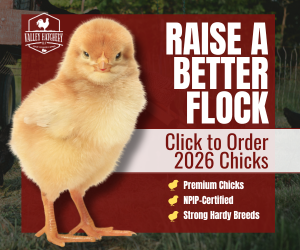JesseR89
In the Brooder
Hello!
I recently added 4 hens and 1 rooster to an existing flock of 7 hens. I left them in a dog crate for a day inside the run and put them in the coop at night. The next morning they were free to roam the run with the older hens and at dusk, we watched to see if they’d return to the coop. The rooster did, but the 4 hens did not. We decided to lock everyone down in the coop for 24 hours to establish it as their home. Once the coop door was open, all the older hens ran out. The rooster also ran out, but the 4 new hens stayed in a corner all day. We haven’t noticed them eating and only drinking 1 time. They are petrified of the older hens. Once nightfall hit, the 4 new hens were found bedded in the nesting boxes instead of on a separate roosting bar from the old hens. The rooster was on the roosting bar with the older hens. Do any of you have any advice for me with making this a little smoother? On a side note, the new additions were brought up on mash instead of crumbles which we have been attempting to give them, not sure if this is the root of the feeding issue.
I recently added 4 hens and 1 rooster to an existing flock of 7 hens. I left them in a dog crate for a day inside the run and put them in the coop at night. The next morning they were free to roam the run with the older hens and at dusk, we watched to see if they’d return to the coop. The rooster did, but the 4 hens did not. We decided to lock everyone down in the coop for 24 hours to establish it as their home. Once the coop door was open, all the older hens ran out. The rooster also ran out, but the 4 new hens stayed in a corner all day. We haven’t noticed them eating and only drinking 1 time. They are petrified of the older hens. Once nightfall hit, the 4 new hens were found bedded in the nesting boxes instead of on a separate roosting bar from the old hens. The rooster was on the roosting bar with the older hens. Do any of you have any advice for me with making this a little smoother? On a side note, the new additions were brought up on mash instead of crumbles which we have been attempting to give them, not sure if this is the root of the feeding issue.



